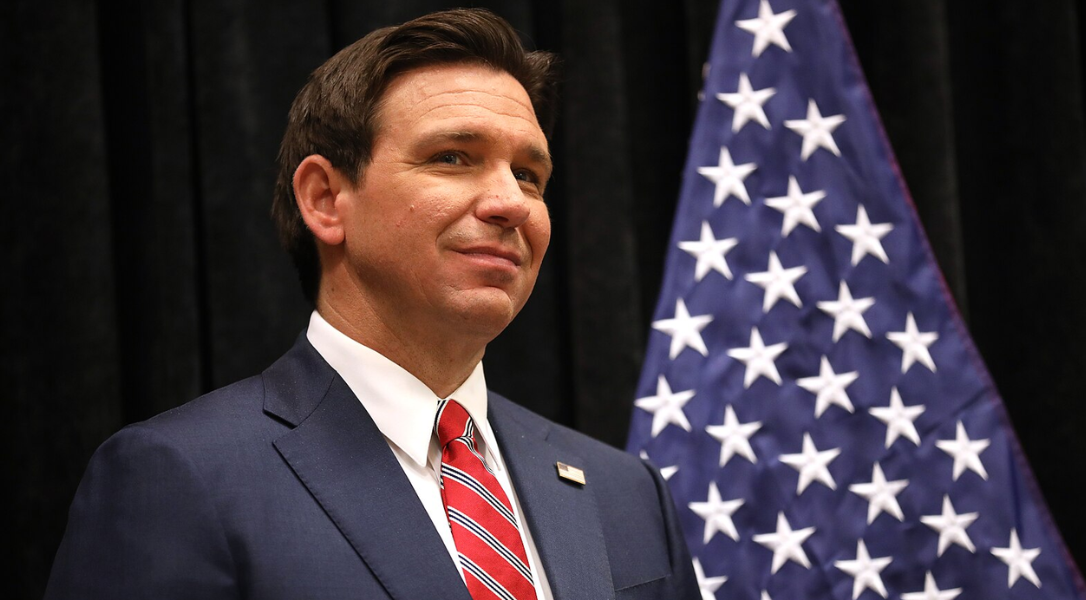
Gage Skidmore from Surprise, AZ, United States of America, CC BY-SA 2.0 https://creativecommons.org/licenses/by-sa/2.0, via Wikimedia Commons
Ron DeSantis has changed the political landscape of Florida during his time as Governor.
Now, his transformation of the Sunshine State could have national implications.
And Ron DeSantis created one big problem for Democrats that could change future elections.
Florida has experienced a population boom under Ron DeSantis
Florida Governor Ron DeSantis turned his state into an oasis of freedom during the pandemic.
The Sunshine State became the place to be as Americans left other states behind in search of a better life there.
Florida was the fastest-growing state in the country in 2023, according to data from the U.S. Census Bureau.
The pandemic has sent red states and blue states on two different trajectories.
Florida, Texas, and other Republican-led states have experienced a population boom, while California, New York, and other blue states continue to lose residents.
These population shifts could have major implications for the Presidential map after the next Census in 2030.
Every ten years after the Census, Congressional seats are reapportioned based on population, and the number of Electoral Votes per state is reallocated based on population gains and losses.
The population boom in Florida under DeSantis could make life easier for Republican Presidential candidates.
Electoral votes could shift to Republican states after the next Census
The most important swing states for the 2024 Election are the Rust Belt states of Wisconsin, Michigan, and Pennsylvania.
Former President Donald Trump has almost no path to 270 Electoral Votes and victory without winning one of those states and winning the swing states of Arizona, Georgia, and North Carolina.
But the Electoral map for a Republican Presidential candidate in 2032 – the first Presidential election after the next Census – could look quite different.
The American Redistrict Project put out an apportionment forecast for 2030 based on the Census Bureau’s most recent Population and Housing Unit Estimates from December 2030.
Based on their forecast, using Census data, Florida and Republican states would come out as big winners.
Florida would gain three Electoral Votes, and Texas would pick up four.
The Republican-leaning states of Idaho, Utah, and Tennessee would each gain one Electoral Vote.
And the traditionally Republican swing states of North Carolina, Georgia, and Arizona would add one Electoral Vote.
These states – that Trump carried in the 2016 Election – would add a total of 13 Electoral Votes.
And the big losers in this 2030 estimate based on population losses would be blue states.
California would lose four Electoral Votes, New York would lose three, Illinois would lose two, Minnesota would lose one.
The swing state of Pennsylvania would also lose one Electoral Vote.
A Republican Presidential candidate would come out the bigger winner under this scenario.
They would be able to get to 270 Electoral Votes without winning one of Wisconsin, Michigan, or Pennsylvania.
Republicans would just need to win Arizona, Georgia, and North Carolina among currently considered competitive states.
And these Republican states could potentially add more Republican members to the House.
Population shifts led by Florida and Texas could give the GOP more breathing room in Presidential races in the 2030s.
Election Buzz will keep you up-to-date on any developments to this ongoing story.


